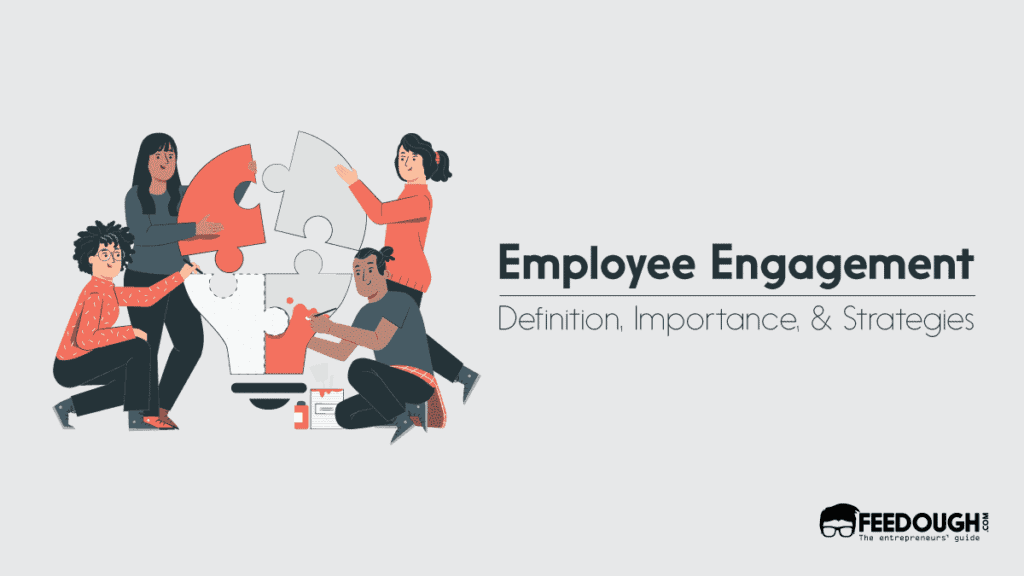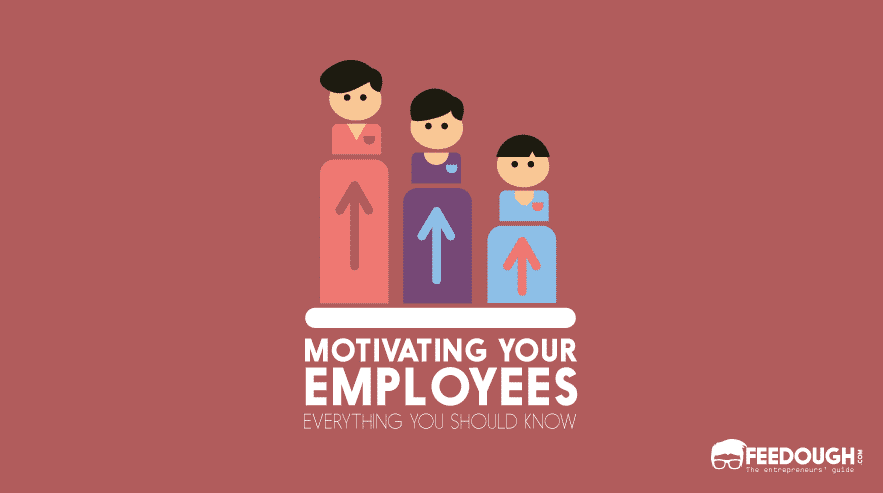Employees form the backbone of any company. They can do wonders if they love what they do. But the company won’t reach its potential if they work just to earn their salary. It is, therefore, crucial to foster an environment where employees are highly engaged and motivated to perform their best. This is known as employee engagement, one of the most important concepts in organisational psychology.
What Is Employee Engagement?
Employee engagement is a human resource concept that describes the level of enthusiasm and commitment an employee feels towards their work and organisation.
It is the degree to which employees feel motivated, passionate, and invested in their work. Though not a quantifiable metric, employee engagement reflects how employees feel about their job, the organisation they work for, and its leadership.
An engaged employee is usually more productive, creative, and willing to go the extra mile for the benefit of their organisation. They feel a sense of ownership over their work and take pride in being part of something bigger than themselves. That is, they’re not in just for the paycheck but instead have an emotional connection to their work.
Importance of Employee Engagement
Employee engagement is critical for a company’s success. Engaged workers are more likely to stay with the company and can help foster a better overall work culture. They’re also more likely to be productive, creative, and energised — all of which contribute to an organisation’s bottom line.
Besides the key importance of employee engagement, engaged employees are also important to:
- Create a better workplace environment: Engaged employees are more likely to stay with the company and feel a greater sense of purpose. This can create a better overall workplace environment that is positive and inviting.
- Increase productivity: Engaged workers are more productive than those who are disengaged. They take the initiative, think outside of the box, and work hard because they love what they do. This leads to increased productivity and efficiency.
- Improve customer relationships: Engaged employees are better equipped to build customer relationships. They’re more enthusiastic about their work and more likely to go the extra mile for customers, leading to better customer retention rates.
Despite their immense value, only 23% of employees worldwide are engaged. Companies must, therefore, take proactive steps to increase employee engagement and reap its associated rewards.
Levels Of Employee Engagement
Based on the employee’s perception of their work and the organisation, there are three levels of employees:
- Actively engaged: An actively engaged employee is passionate about their job and is highly motivated to perform at a high level. They are often an organisation’s most creative, productive, and successful workers. Actively engaged employees:
- Offer creative ideas for enhancing the work experience;
- Strive to complete tasks and achieve goals on their own;
- Feel a sense of ownership over the organisation’s success.
- Not engaged: This level of employee engagement includes indifferent workers who do the bare minimum to get by. They are not passionate about their work and simply “go through the motions” without putting in any extra effort. Not engaged employees often:
- Feel disconnected from their work and organisation;
- Are not involved in team activities and meetings;
- Do not take the initiative or offer new ideas.
- Actively disengaged: This level of employee engagement describes employees who are actively undermining their organisation. They are usually negative and cynical and often try to bring down their co-workers. Actively disengaged employees:
- Express negative opinions about the company;
- Are non-collaborative and unproductive;
- Show little to no interest in their work;
- Their actions and words make it clear that they do not care about the organisation.
Factors Influencing Employee Engagement
Several factors can influence employee engagement. Some of the most common are:
- Leadership: The organisation’s leadership style can greatly impact employee engagement. Employees are more likely to be engaged if their managers offer support, respect, and recognition for their efforts.
- Organisational culture: A positive organisational culture helps foster a sense of connection and purpose among employees. Companies that foster inclusion, open communication, and collaboration usually have higher levels of employee engagement.
- Workplace environment: A conducive workplace environment is necessary for employee engagement. Employees are likelier to engage in their work if the workspace is clean, organised, and comfortable.
- Compensation: Employees who feel they are adequately compensated for their efforts will usually be more engaged than those who don’t. Moreover, it’s not just about money — paid time off, flexible schedules, and other perks can also help boost engagement.
- Location: Employee location can also have an impact on engagement. People who work remotely may feel isolated and disconnected if they don’t have access to the right resources. Similarly, employees who travel long distances to work may become disengaged due to the inconvenience.
How To Measure Employee Engagement?
Just like any other employee-oriented metric, employee engagement can be measured in various ways. Companies often use surveys, interviews, and other data collection methods to gauge their employees’ engagement levels.
Some companies even use engagement assessment tools that feature workplace simulations, such as games and quizzes, to measure engagement levels. These assessment tools help companies identify the areas of their organisation that may need improvement in order to engage employees better.
How To Improve Employee Engagement
Improving employee engagement requires a concerted effort from both the employer and employees. But the company should take the lead in developing an engaging workplace environment. Here are some tips for how to improve employee engagement:
- Create a supportive culture: A supportive culture encourages employees to be engaged and productive. This can be done by providing resources, offering social recognition and rewards, and allowing employees to make decisions about their work.
- Ensure effective communication: Effective communication between the employer and employees is essential for fostering a culture of engagement. Employers should be open and honest with their employees and vice versa.
- Provide development opportunities: Providing learning and development opportunities helps keep employees motivated to stay engaged in their work. This can come in the form of company-sponsored training courses or mentorship programs.
- Have a competitive compensation policy: A fair and competent compensation policy is important for employee engagement. Employees should feel they are being adequately compensated for their efforts.
- Set clear goals: Having clearly defined goals helps employees stay focused and motivated to achieve them. Goals should be realistic and challenging so that employees can feel a sense of accomplishment when they meet them.
- Measure progress: Measuring employee engagement levels periodically helps employers identify areas for improvement. Regular surveys, feedback sessions, and one-on-one conversations can help assess engagement levels.
Bottom-Line?
Employee engagement is an important factor in the success of any organisation. Engaged employees are more productive, creative, and motivated to achieve organisational goals. But in order to foster a culture of engagement, companies need to take the lead by creating a supportive environment and providing resources for employees. Employers should also measure employee engagement levels periodically so they can identify areas where improvement is needed. By doing this, employers can ensure their workforce is engaged and motivated to achieve success.
A startup consultant, digital marketer, traveller, and philomath. Aashish has worked with over 20 startups and successfully helped them ideate, raise money, and succeed. When not working, he can be found hiking, camping, and stargazing.









